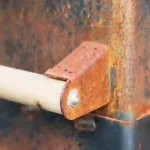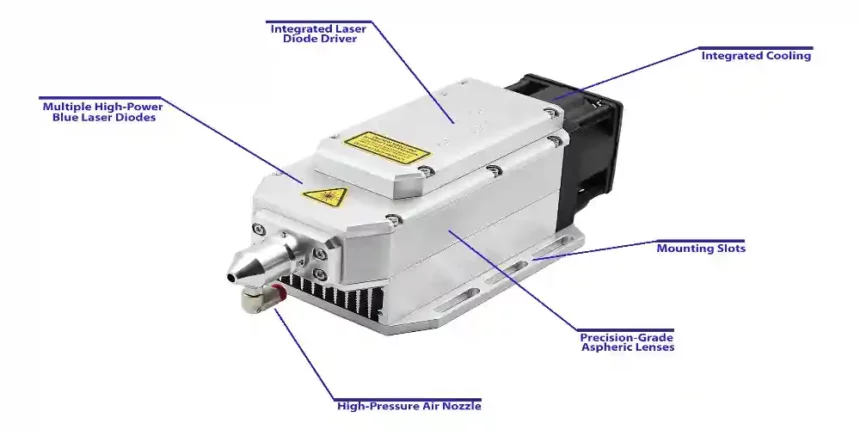An xSignal is a designer-defined signal path between two nodes. These can be nodes in the same net or in associated nets separated by a component.
To create an xSignal, select the required start and end pads in the design space or use the PCB panel in Nets mode. Then, either right-click on the selected pads and run the xSignals >> Create xSignal command or use the command from the xSignals sub-menu.
1. Use Xsignal’s Routing Wizard
One of the simplest ways to use Xsignal is with the Xsignal Wizard. This command takes a component-oriented approach to identifying potential xSignals – you select the source and destination components then the Wizard analyzes all the possible net paths between those components, including any branched routes that pass through series passives or T-junctions.
The first page of the Xsignal Wizard will present you with an overall list of end-to-end xSignals that have been identified between your chosen sources and destinations. If the Wizard detects any 2-pin series termination components then extra Wizard pages will be displayed, as shown above.
Clicking on any of the xSignals will highlight them in the workspace. You can then use the L hotkey to tune their lengths – just like any other track segment in your design.
2. Use Xsignal’s Length Tuning
An xsignal business represents a PCB designer-defined signal path between two nodes or pads. xSignals can be created during object placement, referred to as Online DRC, or as a post-process – referred to as Batch DRC.
Using the PCB Rules and Violations panel, check the between-pair Matched Length design rule(s) to ensure that routed lengths within each differential pair meet the desired tolerance range. Adjust the differential pairs’ tuning accordions if necessary.
Note that the length tuning calculations are based on the total routing path including placed track and arc segments, plus the vertical distance traversed through vias. As such, it does not attempt to resolve overlapping track segments or routing wiggles inside pads. This is the reason why it is important to plan and layout your nets with length matching in mind.
3. Use Xsignal’s Multi-Chip Wizard
An xSignal is a designer-defined signal path between two nodes; they can be within the same net or in associated nets separated by a component. xSignals can be used to scope relevant design rules, such as Length and Matched Length, that will be obeyed during tasks such as interactive length tuning.
The Multi-Chip Wizard is a useful tool to use when creating xSignals that include series termination components (for example, resistor networks). When you run this command the Create X-Signals from Connected Components dialog opens with your chosen component(s) already selected and the required source and destination nets are pre-selected as well.
Click the Analyze button to identify potential xSignals between your selected source and target components. Once the analysis has completed, a list of xSignals that are eligible for creation will be shown.
4. Use Xsignal’s Object Class Explorer
The Object Class Explorer can be used to create and manage xSignals in a PCB design. An xSignal is a designer-defined signal path between two nodes or pads. These can be two nodes in the same net or two nodes in associated nets separated by a series termination component.
To create an xSignal, select the required start pad and end pad (these can be selected directly from the design space or using the xSignals mode of the PCB panel). Then run the xSignals >> Create xSignal from Selected Pads command.
This command will analyse the current PCB for xSignals that can be created between the chosen source and destination components. The resulting xSignals will be listed in the xSignal Class region of the dialog and all will be enabled for creation – adjust this as required.
5. Use Xsignal’s Constraint Manager
The Constraint Manager provides a common editing environment for all electrical and physical constraints throughout the design workflow. Using this application, you can manage all rules from schematic capture through PCB layout, which will reduce your time-to-market and design costs.
When a rule is selected on the Physical or Electrical tab of Constraint Manager, clicking it in the grid area will show its settings at the lower part of the panel region where you can define its constraint values. In addition, you can create differential pairs and xSignals from nets using this panel region.
To save the constraints currently defined for an object as a Constraint Set, select its entry in the panel region and choose the Add Constraint Set command from the context menu. You can then specify its name and a query-based matching scope.













